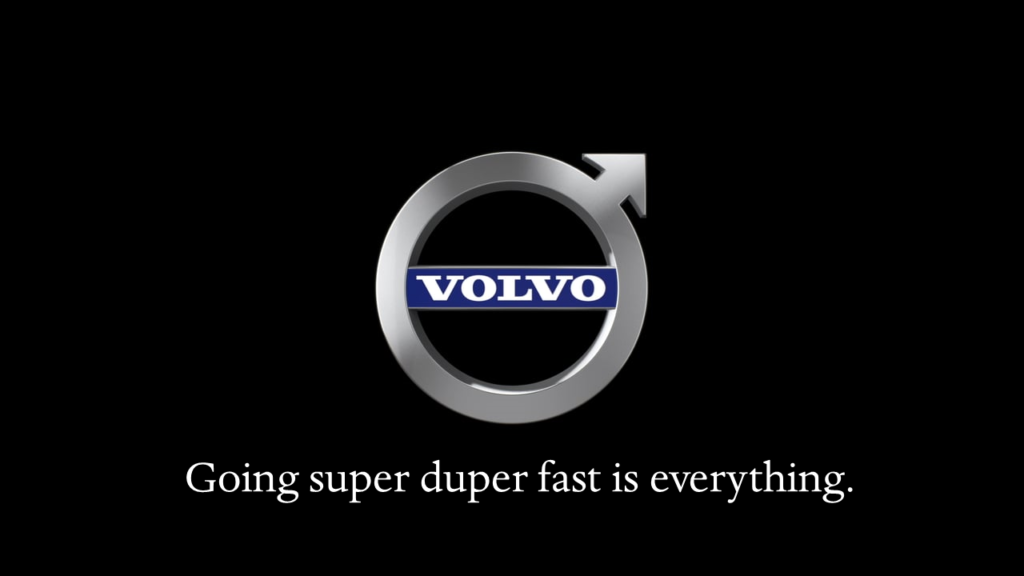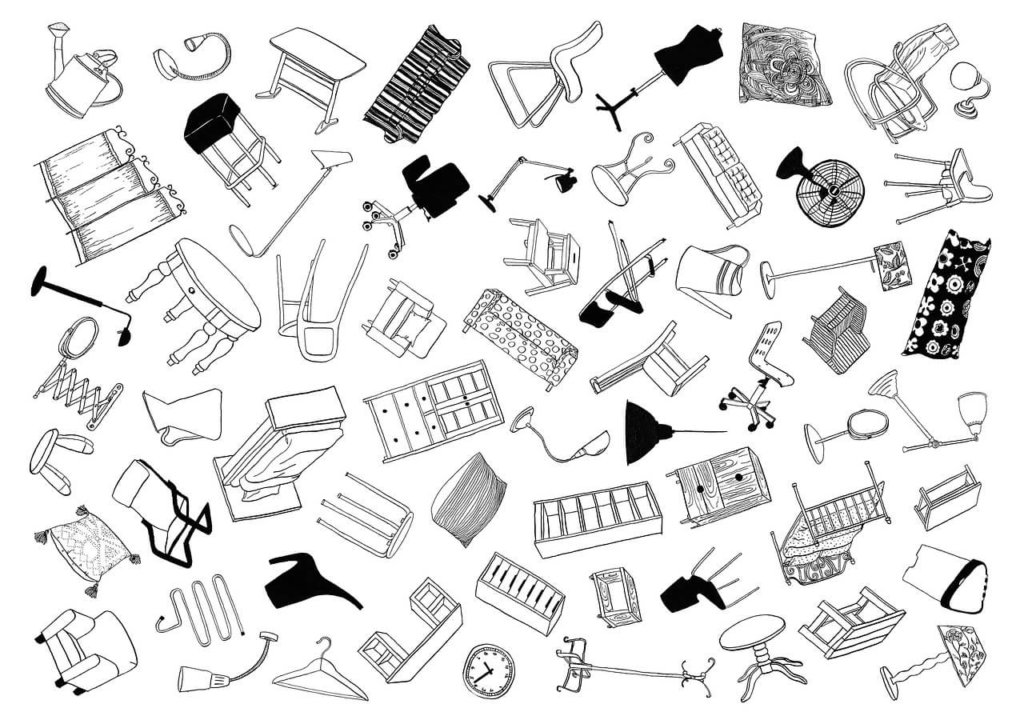Cohesive content in the context of branding and storytelling

Author
We all know by heart that “content is king” and if someone were to wake us up in the middle of the night to ask about its characteristics, we’d know what to say right off the bat: valuable, easy to read, helpful, with catchy headlines, etc.

Despite all of the above being true, there is still more to be discussed when it comes to content marketing. You can’t look at content as an add-on to your brand’s website or something that is just there only to help your audience or optimize your website (although that is very important, too). Anything that appears under your company name is part of your brand, such as the more obvious elements like the logo, products, and images, and the less obvious ones like the way your customer service talks to clients, the helpful content you create along with the fonts, and “tone of voice” you use.
Your content is your brand and it’s not just what you write that is important but how you write it, too.
You see, to give your customers/readers the best experience possible you must plan everything. There’s no room for improvisation when designing a brand. It all has to be coherent and part of the strategy.

Why you need to plan your content strategy
Customers feel when something isn’t right
Best case scenario, no one notices. Worst case scenario, the inconsistent messaging leads to customer confusion, anxiety, and negative emotions. Some people are more sensitive than others and will note even the smallest incoherence. To them it is like watching The Stepford Wives; on the surface everything seems perfect, but there is an underlying feeling of unease.
For example, if your brand is in a serious niche, posting funny content can be risky. I’m not saying it can’t be done, but it requires a lot of careful planning. While making a creative campaign for a tire selling company, we decided to make a post based on a popular series of tweets and memes. However, to stay coherent with the brand, we stuck to the motoring industry, accentuating safety and created content that was safe for work.
You may look unprofessional and lose potential clients
Conflicting signals in your content can lead to confusion. Incoherence gives off the vibe that there is no congruence among the employees, managers, or the brand itself. Good branding means repeating a certain message, a brand promise, and delivering it through being consistent.
Incoherence can make your company’s mission unclear as it sends conflicting signals to the brain. This then causes more coherent brands to be positioned more favorably in the customer’s brain. Failing to deliver your brand promise can also lead to the devaluation of your brand, as the brain archives the errors in cohesion.
If Volvo mentioned in a campaign that speed and performance are most important to their company, people would get confused, as for years Volvo has preached safety, not speed. So then, neither the people wanting speed nor the people wanting safety would buy a Volvo because their message is confusing.

People will forget your brand
Incoherence may lead to the short-term memory of your brand not being converted to long-term, due to the brain’s process responsible for this action being cancelled. Again, a more cohesive brand may take its place, even though your brand had a chance of becoming someone’s favorite.
These are psychological factors you must consider when planning your content. It’s important to remember that this is such a small thing and easy to overlook, yet it should be a crucial part of your branding strategy. If you repeat your message over and over again in every possible way, your audience will remember you and they will associate your brand with it.
Don’t ask questions. Just do it. (What brand did you just think of?)
Customers might abandon their cart
When it comes to purchasing an item, the decision process can be easily disrupted. This is measured by the cart abandonment rate which is used to show how many people started the purchasing process and then abandoned it for some reason.

In our case, what interests us is that most customers have to be certain of a product and brand before they complete their purchase. Incoherence leads to uncertainty, which then leads to the shopping process being brought to a halt. When a person wavers and closes the website to “sleep on it”, it’s often a sign that they won’t come back. They think it through, they forget, they find something else.
To help lower the cart abandonment rate as a content marketer, just make sure you’re always being as cohesive as possible to end uncertainty. When writing for your website, always keep in mind your mission, your values, and your brand story.
Use the content to your advantage
The content you post on your website can work in favor of strengthening your brand and your mission. It can be another way of telling your story. The way you write can say a lot about you.
For example, if all of your articles start with “How to” then you will come across as someone knowledgeable and helpful. You will be seen as someone open to sharing knowledge, open to others. If that’s coherent with your brand’s core value then you should oscillate around this type of content.
If you’re a brand like Red Bull, articles may not be the best option. Because Red Bull is an energetic brand (they sent a man free falling from the stratosphere after all) the best content option for them is well-edited, fast videos.
A company like IKEA would benefit the most from DIY tutorials since they are seen as the archetype of DIY brands. Combine the type of content you create with your message to expand your storytelling.

Wrapping up
Customers can often tell when your message is not consistent with your branding. To keep your brand in your target audiences’ long term memory, to decrease your cart abandonment rate, and to strengthen your message, you have to make sure your content is cohesive. You’ll come across as professional, trustworthy, and worth remembering. Make your brand communication natural and don’t pretend to be someone you’re not. It shows. Keep to what you know and do best and you’ll be all right.